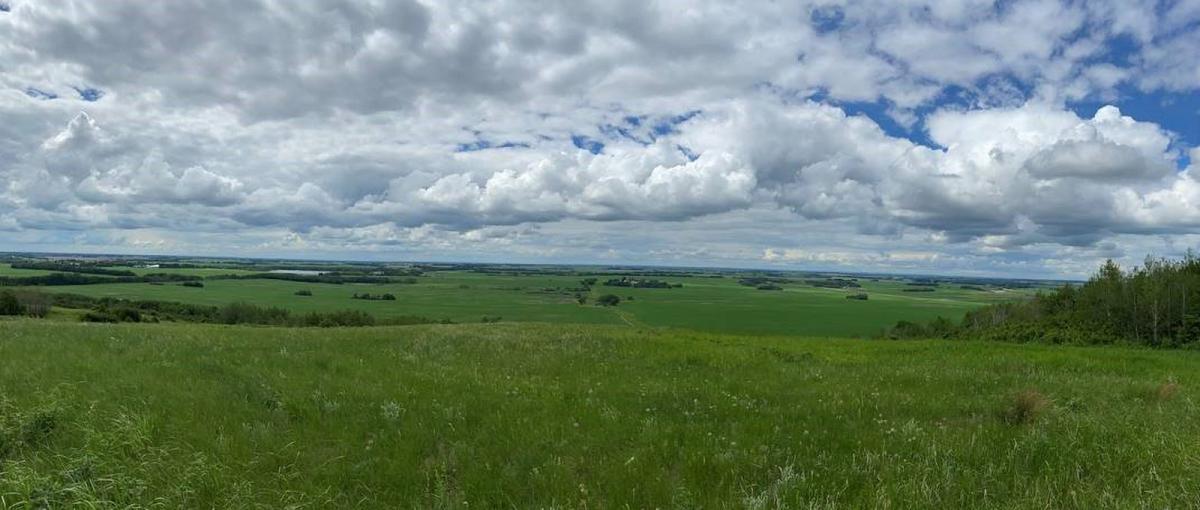A reflection of Indigenous History month

June 22, 2022
By James Lavoy, chaplain at St. Joseph’s General Hospital and Mary Immaculate Care Centre
Spiritual and emotional care, as a health practice, comes out of a recognition that the patients, residents, and community members that we work with are whole people, with holistic needs. More than biology and chemistry, people long to feel whole.
I have been privileged to connect with a few patients, here at St. Joseph’s General Hospital, who identify as belonging to local First Nations, and I’ve appreciated some interesting threads in our conversations that I’d like to share with you. A number of Indigenous patients that I’ve worked with have drawn my attention to the specific land that we inhabit. In these conversations, I’ve learned that many local Indigenous people understand place as having special significance in terms of healing and wellness, as well as disease. In the course of my conversations, I sometimes ask people who are healing, “what are your hopes after you leave St. Joseph’s?” – and several Cree people have told me about specific sacred places they wanted to visit, to make a healing pilgrimage, after struggling with disease.
So, I’d like to take a moment to reflect on the land that we inhabit.
Vegreville and Mundare are located on the traditional territory of the Siksikaitsitapi (Blackfoot Confederacy), Stoney Nakoda, Cree, Saulteaux, Métis, and Dene people. We live in Treaty Six Territory, and the Métis Nation of Alberta Region 2.
Did you know that just east of Vegreville is a place called Akasu Hill? The picture (above) is taken from the top. It is the point of highest elevation between Edmonton and Winnipeg, and has been a place of significance to some local Indigenous communities prior to the settling of Vegreville. The hill rises out of the rolling prairie, and is quite striking. Akasu – the hill and nearby lake – come from the Cree word that means “sick person” – so “Sick Person Hill”. The French and Métis people of the region during the 19th century, also called this “L’homme malade – the sick man”.
The origin of Akasu’s name is shrouded in legend and tragedy. There is a story of a famous leader and warrior who longed to return to his people, who, after becoming injured, climbed the hill in order to die – closer to the spirit realm, perhaps. Akasu Hill may have been used as place of Indigenous “palliative care”, where those who were gravely ill would go to prepare for death – a sacred and high place, amid the rolling prairie. There are also stories of people becoming sick after drinking the water from nearby Akasu Lake – is the name a warning? And tragically, it is believed to be a place where local Indigenous people would go to isolate, after contracting smallpox.
It is no wonder that our palliative care partners – the Akasu Palliative Care Society – took their name from this place of important cultural and geological history.
Over these next months of summer, I invite you to take a walk around Akasu, and to pause for a contemplative moment. Whether you are of Indigenous background or not, we can all appreciate the “spirit of place”. Range Road 133 will take you to the top of the hill. There is no interpretive trail or sign, but there is a roadside pull off at the top, and the Minburn County website welcomes people to stop and visit.